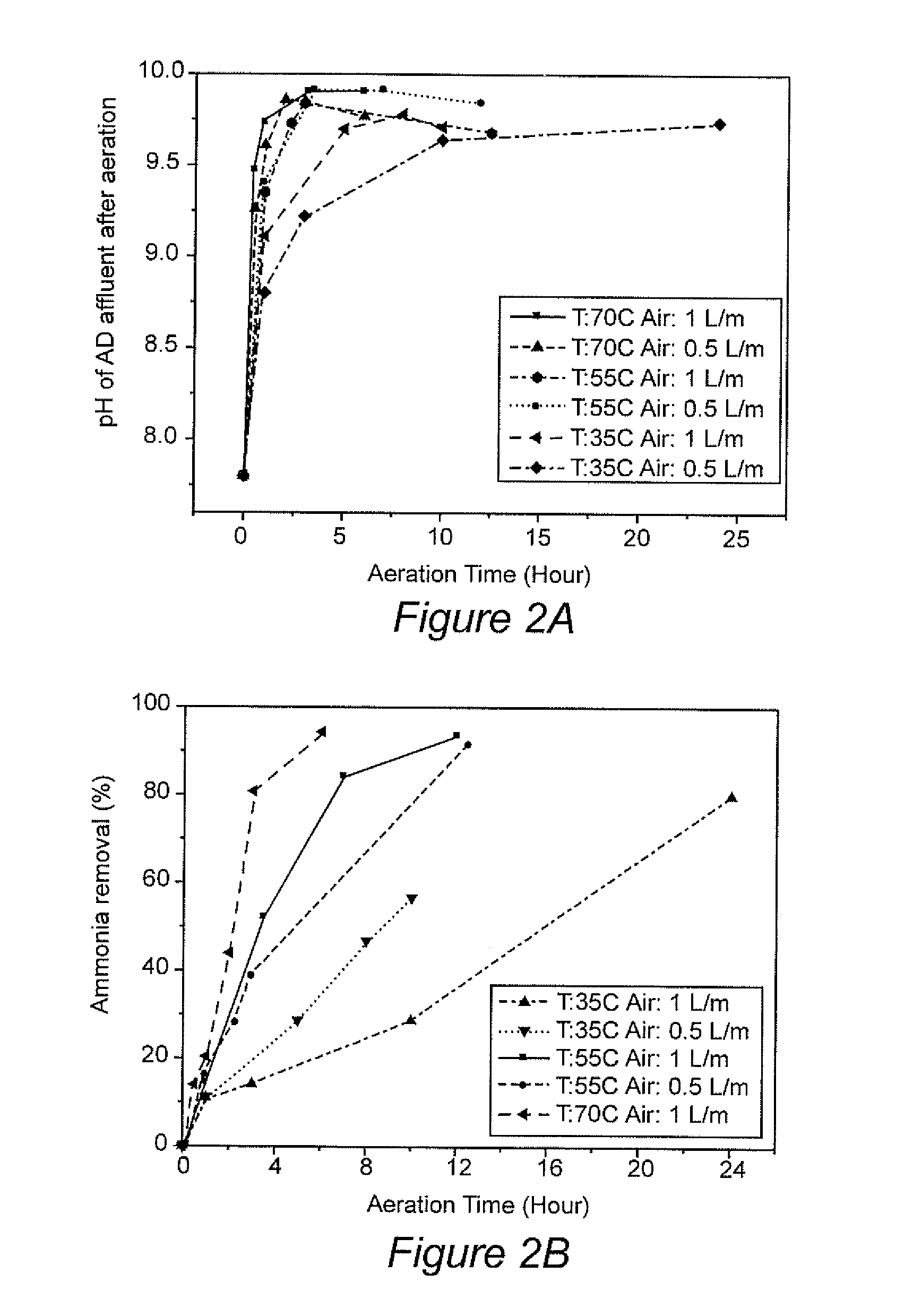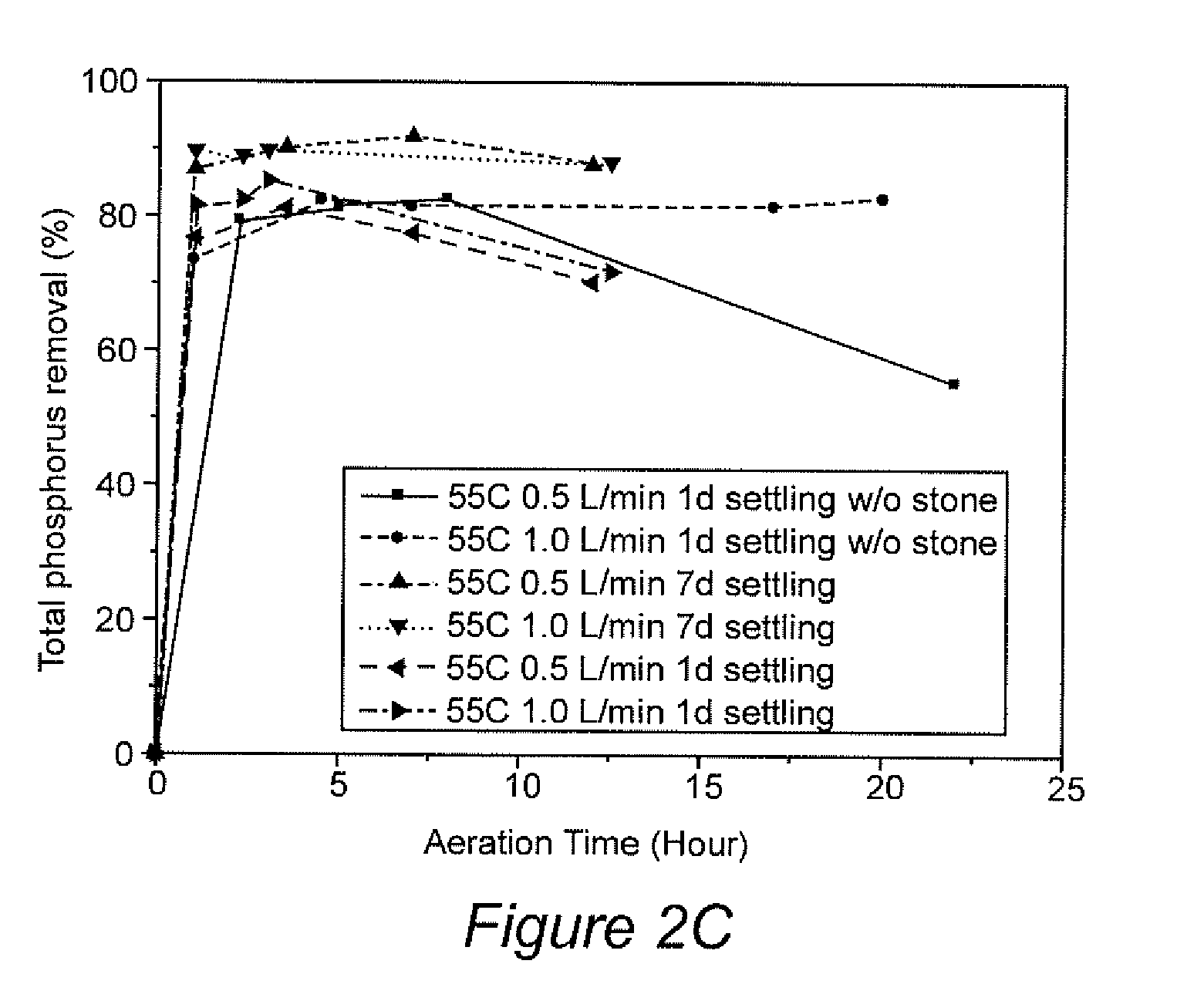Integration of anaerobic digestion in an algae-based biofuel system
a biofuel system and algae technology, applied in biological water/sewage treatment, biomass after-treatment, multi-stage water/sewage treatment, etc., can solve the problems of insufficient waste management, insufficient ad technology, and insufficient waste management, etc., to achieve the effect of little or no was
- Summary
- Abstract
- Description
- Claims
- Application Information
AI Technical Summary
Benefits of technology
Problems solved by technology
Method used
Image
Examples
Embodiment Construction
[0013]The present invention provides systems and methods for the treatment and use of the left-over waste biomass produced when lipids are extracted from algae. The systems and methods advantageously reuse (recycle, feedback, etc.) all products / byproducts / waste materials from each stage or step so that in, the end, little or no true “waste” is produced and thus the disposal of unused waste is minimal or non-existent.
[0014]FIG. 1 illustrates the lipid-extracted treatment methods of the invention, as integrated into an exemplary algae grow system. As can be seen in FIG. 1, algae growth 50 is followed by lipid extraction 51, the “waste” product of which is lipid extracted algae biomass 52. Extracted lipids undergo fuel refining 53, and lipid extracted algae biomass 52 undergoes hydrolysis 54, followed by anaerobic digestion 55, which is in turn followed by nutrient recovery 56. Other high C / N waste 57 can be added to anaerobic digestion 55, which produces biogas 58 used for the generat...
PUM
| Property | Measurement | Unit |
|---|---|---|
| temperature | aaaaa | aaaaa |
| enzymatic digestibility | aaaaa | aaaaa |
| pKa | aaaaa | aaaaa |
Abstract
Description
Claims
Application Information
 Login to View More
Login to View More - R&D
- Intellectual Property
- Life Sciences
- Materials
- Tech Scout
- Unparalleled Data Quality
- Higher Quality Content
- 60% Fewer Hallucinations
Browse by: Latest US Patents, China's latest patents, Technical Efficacy Thesaurus, Application Domain, Technology Topic, Popular Technical Reports.
© 2025 PatSnap. All rights reserved.Legal|Privacy policy|Modern Slavery Act Transparency Statement|Sitemap|About US| Contact US: help@patsnap.com



